
SOME FISHEYE TESTS
1. Fisheye FE185C086HA-1 : A C mount and 5 megapixel lens compliant

This fisheye produce a Ø8.6 mm 185° field fisheye image. The detector has a 6.5µm pixel size and is a color bayer detector. 1360x1024 pixels resolution. This is a full open f1.8 image, 60s exposed.
The observation location was located at
N45 34 38 E04 30 25 in a place where no direct light hit the gound, Lyon light pollution is visible at the left side of the image.
The milky way is barely visible with naked eye. The image quality from the fisheye is very good ! Pleiades are resolved.
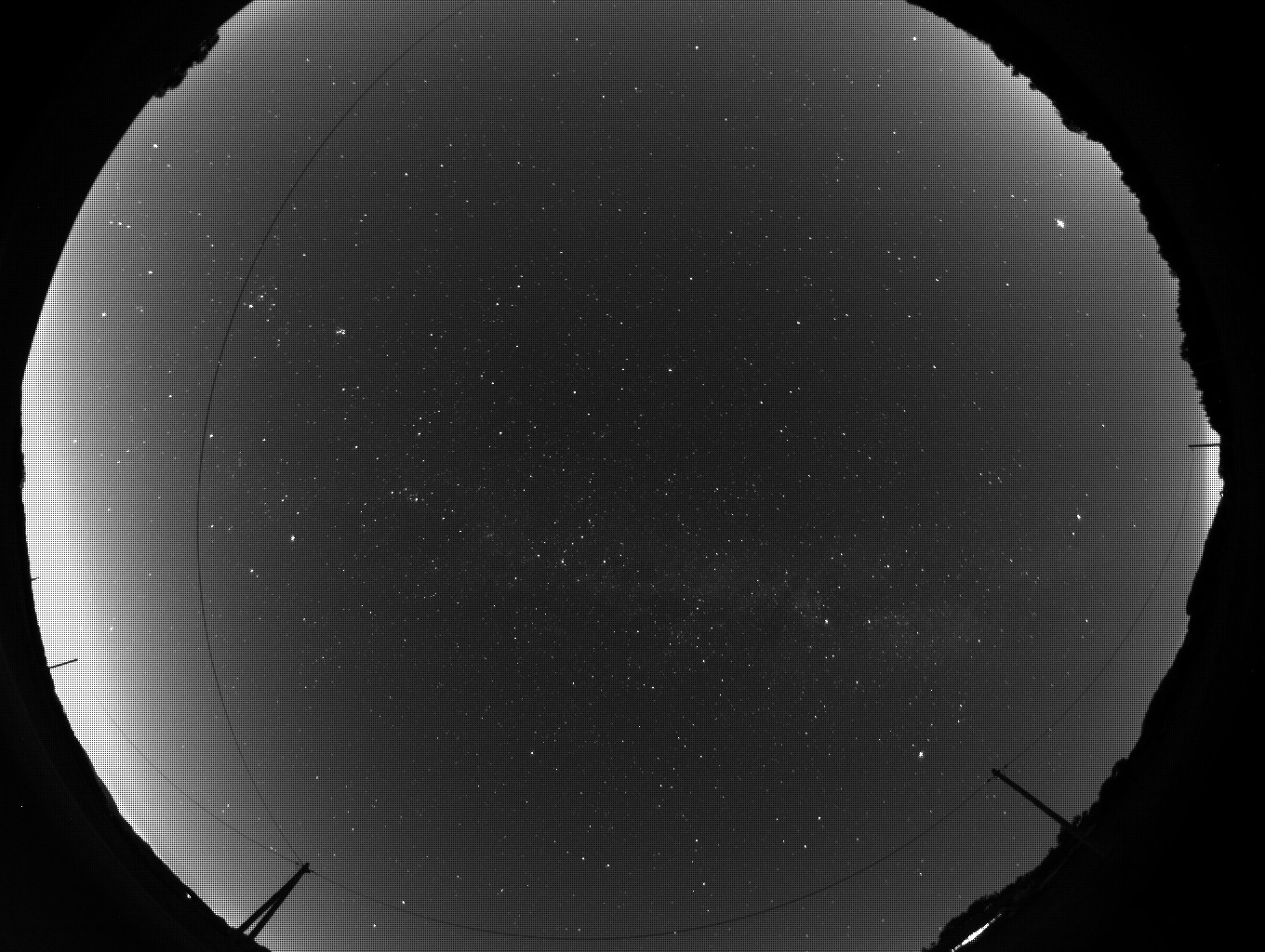
60s f1.4 Raw - dark frame removed
Flipped image and debayerised
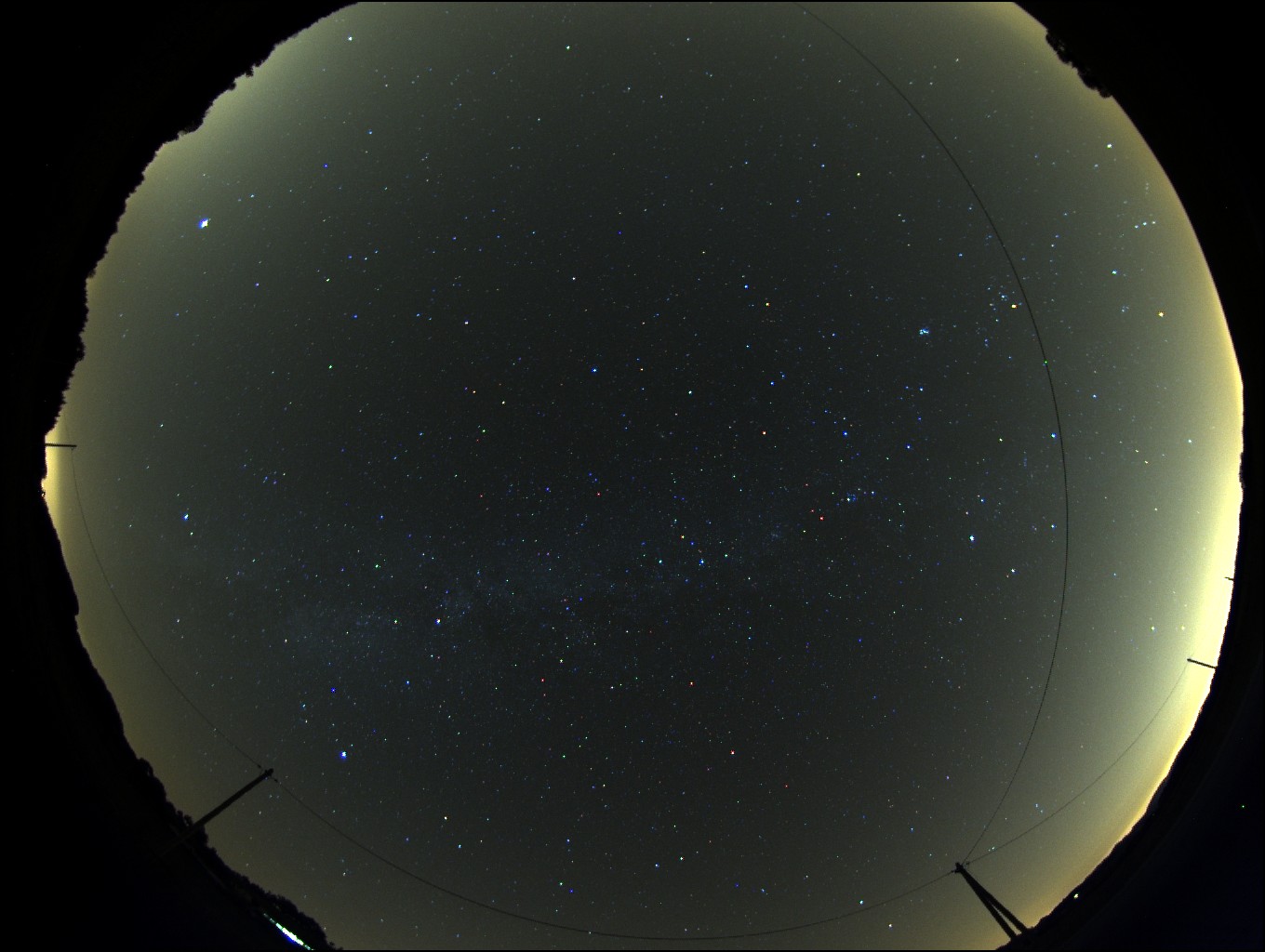 60s f1.4 Debayerized - dark frame removed
60s f1.4 Debayerized - dark frame removed
Log transformation applied to the image, Jupiter is visible, the summer triangle (Altair,Deneb,Vega) is located at bottom right. Orion is rising nearby the horizon. Milky way is visible.
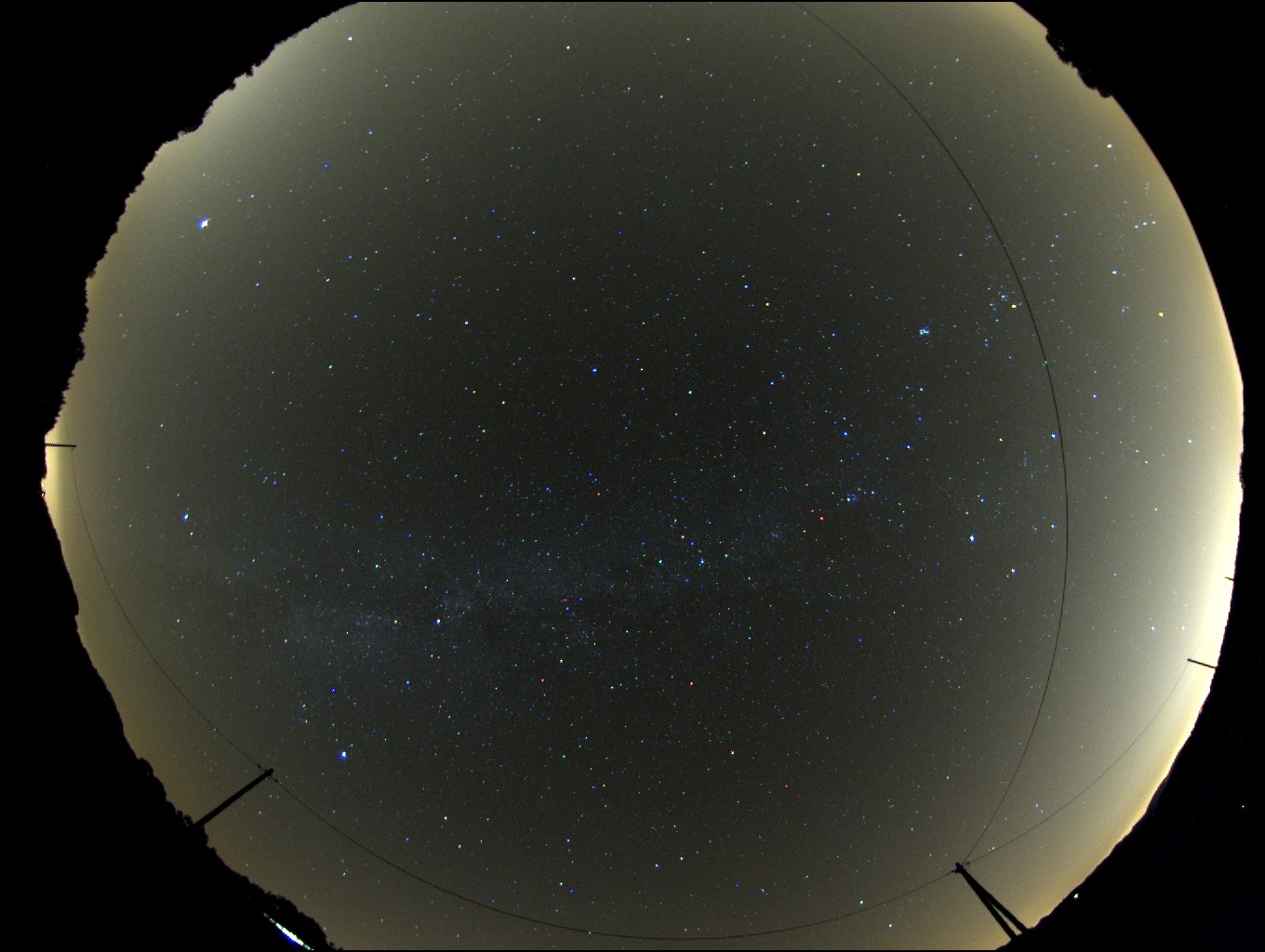 60s f1.4 Debayerized + Log - dark frame removed
60s f1.4 Debayerized + Log - dark frame removed
I changed to a new observation location, located at N45 29 18 E03 58 22 in a place where the Sky was quite dark and good. The Milky was was splendid. The sky is comparable to what I can see at Pises Observatory during a good night.
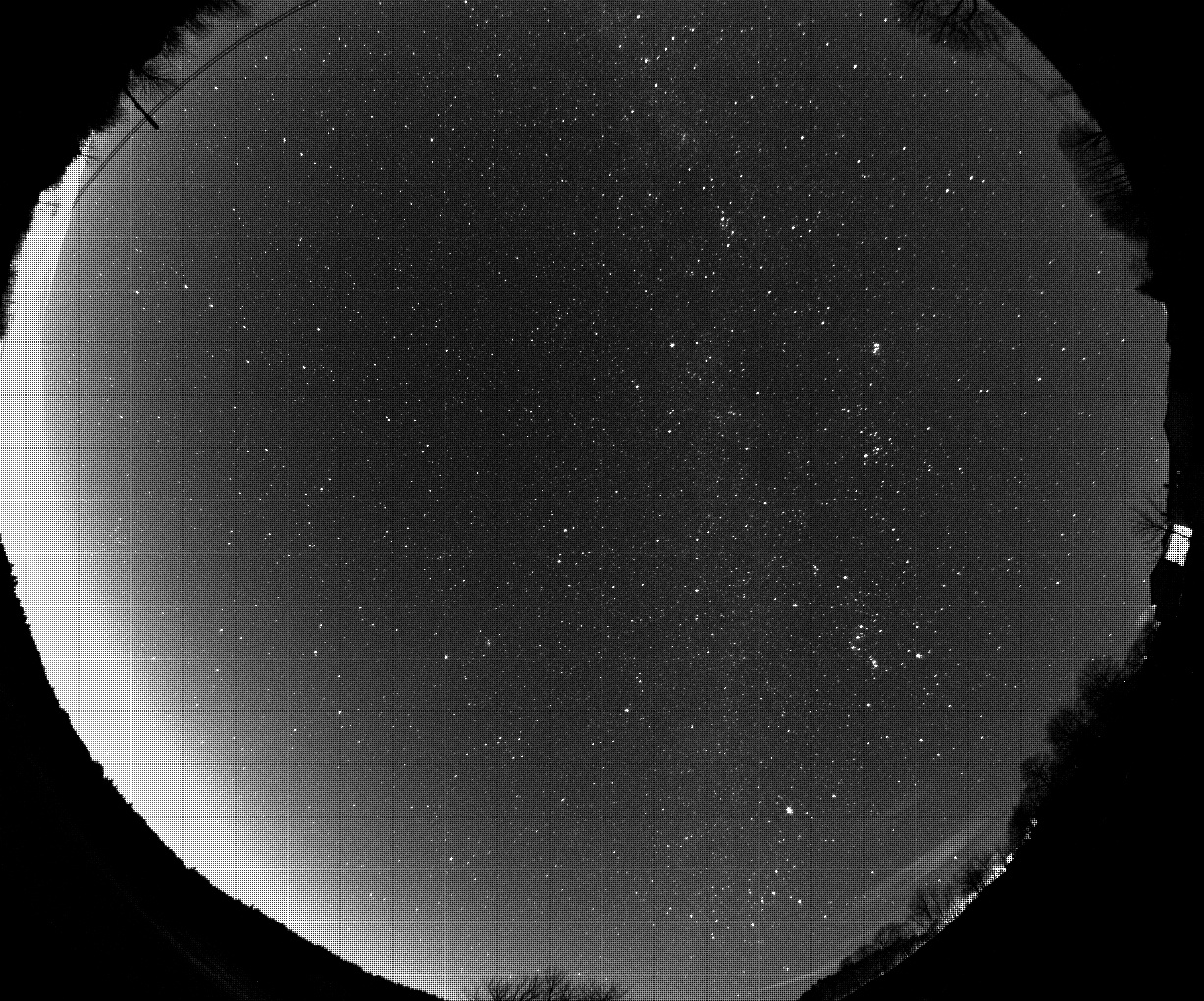
45s f3 Raw image - dark frame removed

45s f3 Debayerized image - dark frame removed
Note : for a color camera, the lens is so good that pixel size higher than 5µm is not appropriate, debayer can lead to image artifacts and degrades resolution (like in this test, where pixel size was 6.5µm).
More than 45s exposure with no equatorial mount is the maximum exposure time that can be achieved without seeing the star trailing.
2. Fisheye FE185C057HA-1 : A C mount and 5 megapixel lens compliant
This fisheye produce a Ø5.7 mm 185° field fisheye image. The detector (in this test) has a 6.5µm pixel size and is a color bayer detector. 1360x1024 pixels resolution.
The test was done the same day as previous images, in a place located at N45 29 18 E03 58 22 in a place where the Sky was quite dark and good (moonless night). The Milky was was splendid.
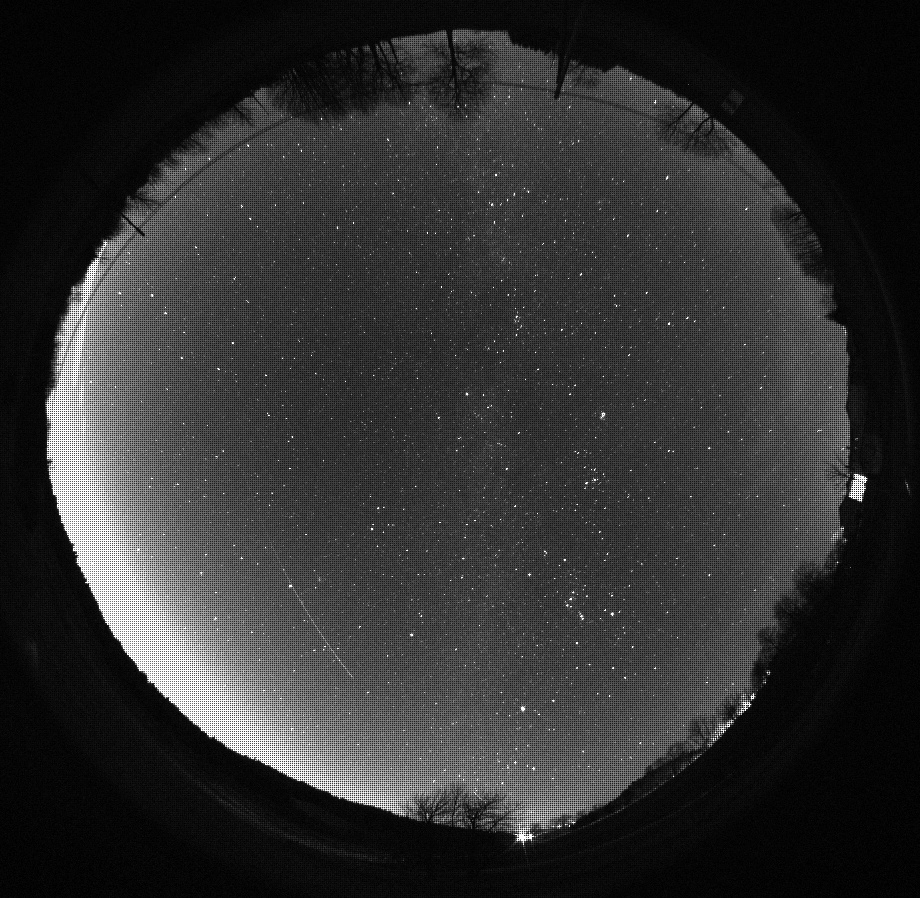
60s f3 Raw file - dark frame removed
The results are very good at f3, pixel size is too loarge for a color camera. Star can fit into a single pixel !

60s f3 Debayerized file - dark frame removed
More than 60s exposure with no equatorial mount is the maximum exposure time that can be achieved without seeing the star trailing.
This lens is very good.
I wish I had a camera with smaller pixels.
3. Fisheye FE185C046HA-1 : A C mount and 5 megapixel lens compliant
This fisheye produce a Ø4.6 mm 185° field fisheye image. The detector (in this test) has a 6.5µm pixel size and is a color bayer detector. 1360x1024 pixels resolution.
The test was done the same day as previous images, in a place located at N45 29 18 E03 58 22 in a place where the Sky was quite dark and good (moonless night).
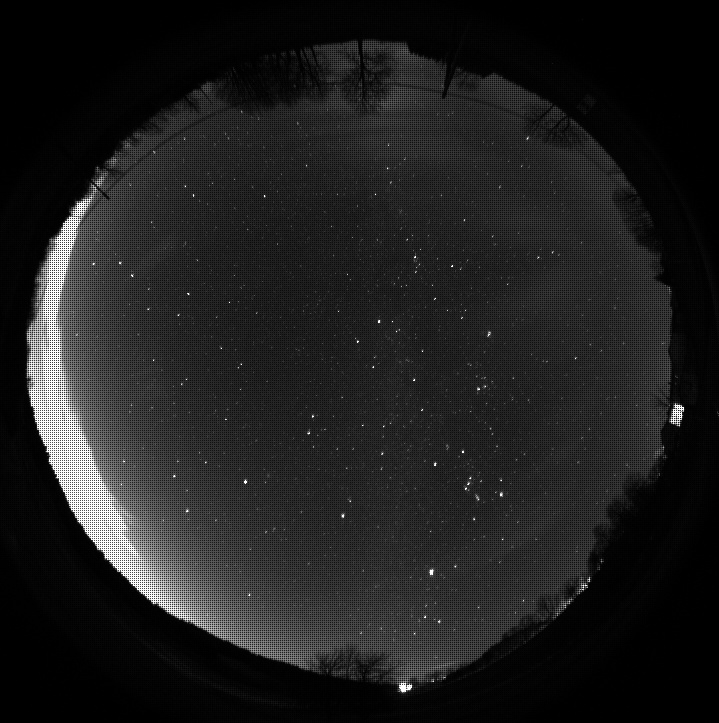
90s f1.4 Raw file - dark frame removed
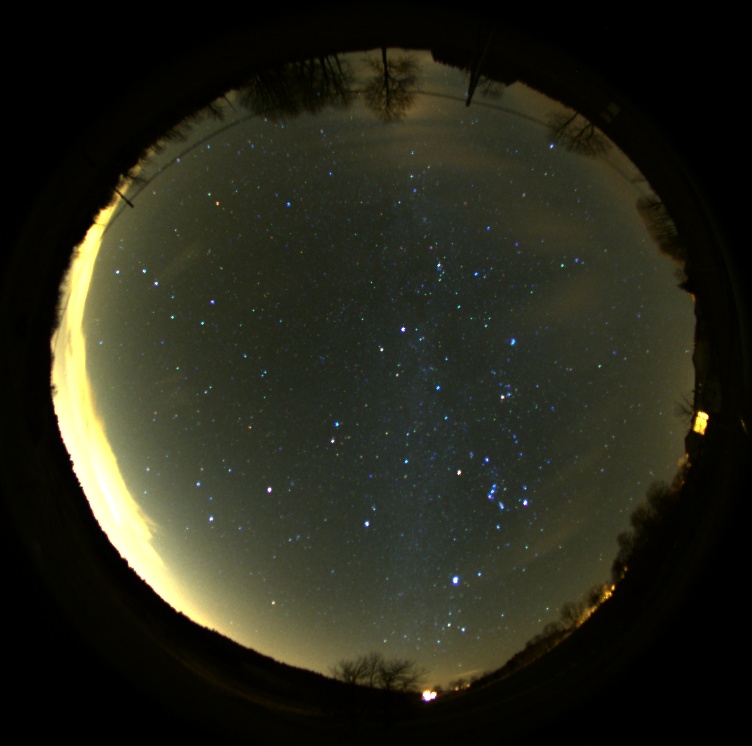
90s f1.4 Debayerized file - dark frame removed
More than 90s exposure with no equatorial mount is the maximum exposure time that can be achieved without seeing the star trailing.
This lens is very good and require 4-3µm pixel size range for color camera.
I wish I had a camera with smaller pixels.
4. Sigma 10mm F2.8 DC Fisheye for APS-C DLSR cameras
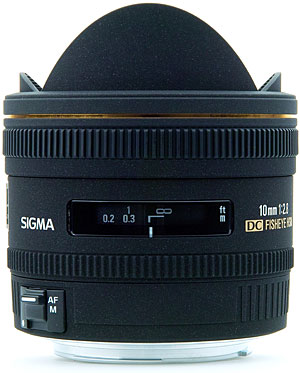
This lens is intended to APS-C camera (not 24x36mm cameras, but DLSR cameras having 15x22mm sensor) The field of view is around 180° on the diagonal direction.
The following exposure is a 20s exposure to avoid star trailing and F2.8 aperture with an EOS-20D at ISO 1600. The 20D camera has its IR-cut filter replaced by a Baader filter that allows Hapha to pass thru.

Raw image Top corners + center at f2.8 and 20s exposure, please click image to get the full resolution BMP file (warning : 32Mb)
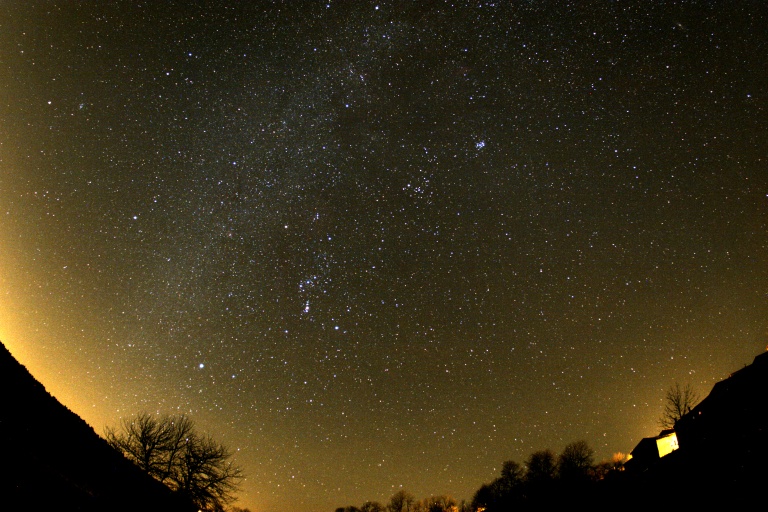
Same image as above, debayerized : despite being away from light pollution sources, their effet is tremendous nearby the horizon !
ISO 1600, 20s, f2.8

Raw image Top corners + center at f4.0 and 20s exposure, not a large improvement compared to F2.8
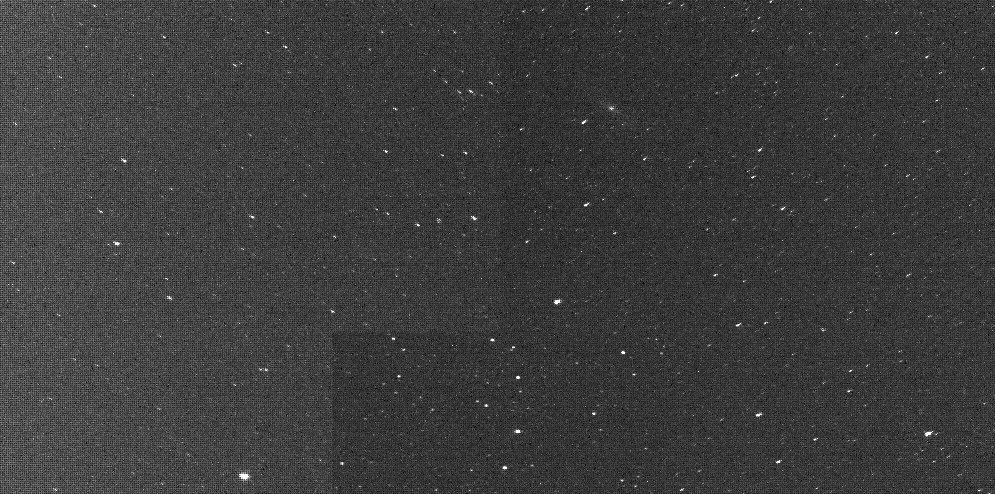
Raw image Top corners + center at f5.6 and 20s exposure
This is a very good lens.
Note : this lens is far better tha the Peleng fisheye, this later is now too expensive, and performs far worse than this Sigma lens.
Have a look here what a Peleng is able at F3.5
Additionnal informations